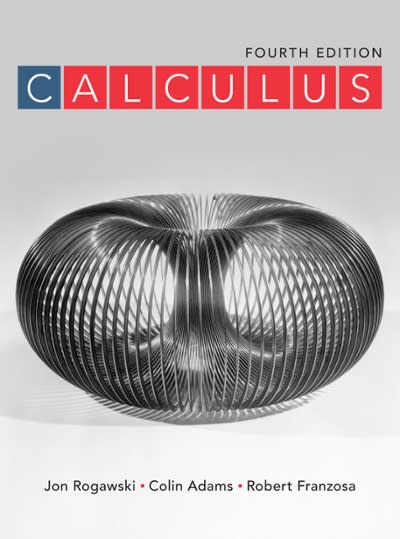According to Plancks Radiation Law, the amount of electromagnetic energy with frequency between and +
Question:
According to Planck’s Radiation Law, the amount of electromagnetic energy with frequency between ν and ν + Δν that is radiated by a so-called black body at temperature T is proportional to F(ν) Δν, where

where c, h, k are physical constants. Use Exercise 94 to show that the total radiated energy

is finite. To derive his law, Planck introduced the quantum hypothesis in 1900, which marked the birth of quantum mechanics.
Data From Exercise 94
Let a > 0 and n > 1. Define ƒ(x) = xn/eax − 1 for x ≠ 0 and ƒ(0) = 0.
(a) Use L’Hôpital’s Rule to show that ƒ is continuous at x = 0.
(b) Show that ∫∞0 ƒ(x) dx converges. Show that ƒ(x) ≤ 2xne−ax if x is large enough. Then use the Comparison Test and Exercise 93.
Data From Exercise 93
Let Jn = ∫∞0 xn e−αx dx, where n ≥ 1 is an integer and α > 0. Prove that

and J0 = 1/α. Use this to compute J4. Show that Jn = n!/αn+1.
Step by Step Answer:






